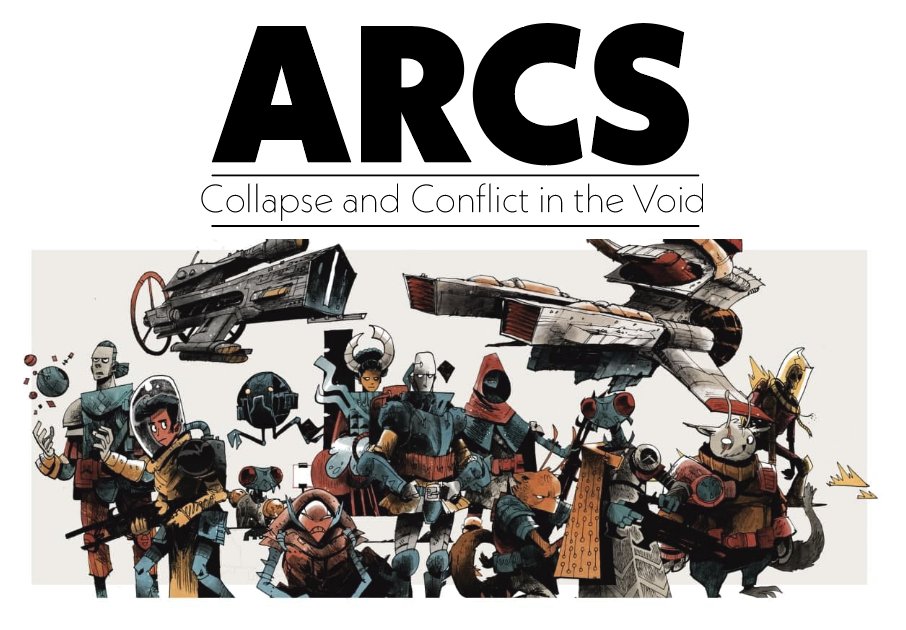A couple days ago I helped my parents clean out part of their garage and stumbled into what is likely the earliest #oathboardgame prototype in existence. 

I think this is from the summer of 06 or 07, right as I was starting my undergraduate degree.
I remember working off of some earlier notes that I had drawn up in high school. The basic idea was a game that would be played across 3 or 4 sittings called sagas and would feature assets that were linked between player tableaux and fixed positions on a map.
I was still 5 or 6 years from discovering Eklund' s Lords games and didn't realize he had been trying to tackle the same problem in the 90s and early 00s.
Because the assets had position those chains could be disrupted by armies roaming on the map.
Players had a single pawn and a player board, just like Oath! Well, sorta. This game was a little more of an adventure game, complete with little prescripted quests. 

All of this took place on a board I drew and painted by hand because I didn't have either the software or the skills to do anything better. 

I was sorta floored when I found this map. But that was less because of some A+ crayon and watercolor work and mostly because of the UI which featured both a time action track (supply in Oath) and because there was a combat results table!
Though Oath is an evolution of this design in some sense, it's remarkable the degree to which there was no direct influence. I didn't have the files to consult nor did I remember most of this stuff). At the same time, so many elements of Oath can be found in some form here.
In a way, this design effort was the culmination of my design efforts in middle and high school when I was often tinkering with variants to Risk or Twilight Imperium.
All of that convinced me to try something bigger and this was the result. As you might guess, the game was not good! After playing it a couple times, I gave up and didn't try my hand at serious game design for years.
I don't think of it as a failure though. It taught me one if design's hardest and best lessons: to be critical of your own work and don't be afraid to throw things away.
It took me about a decade to develop the skills (and find a team) capable of building a design that would answer the ambition of this little box. There's no way I could have iterated to Oath by myself. Sometimes you need to set things down and pick more manageable projects.
• • •
Missing some Tweet in this thread? You can try to
force a refresh







